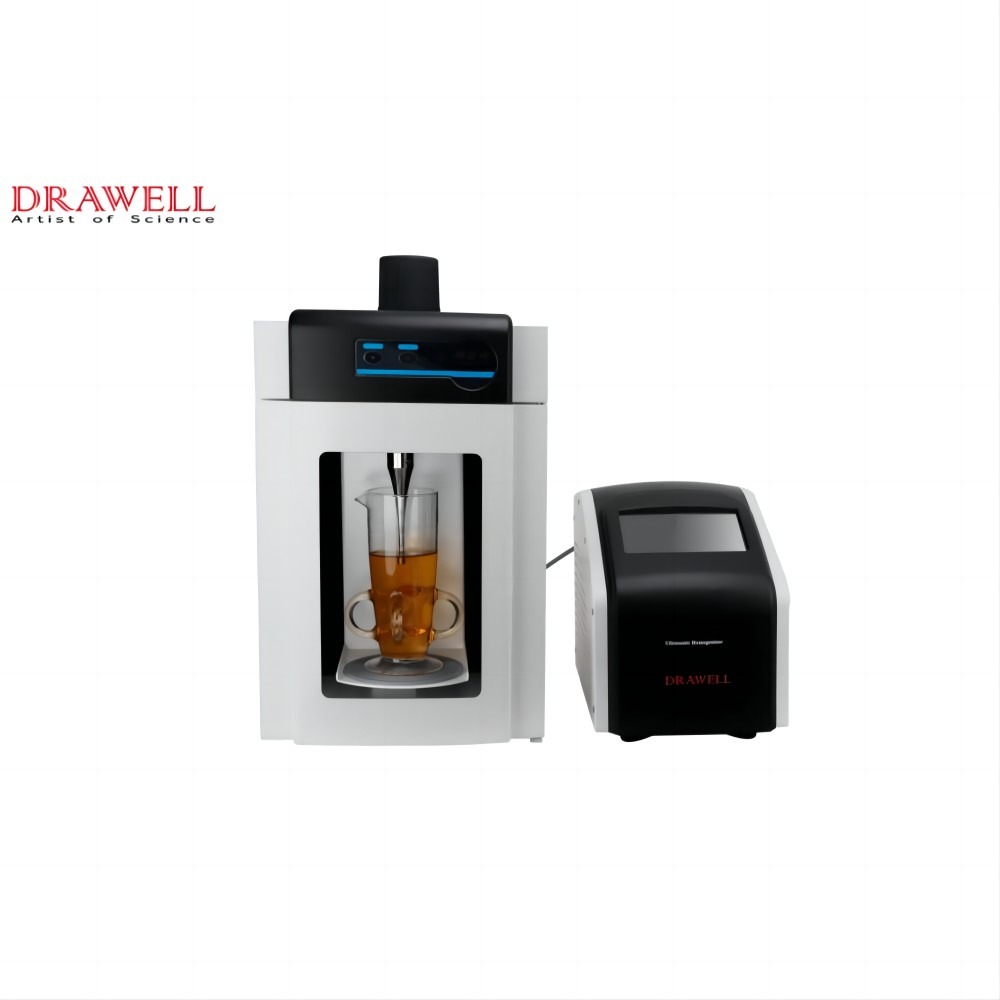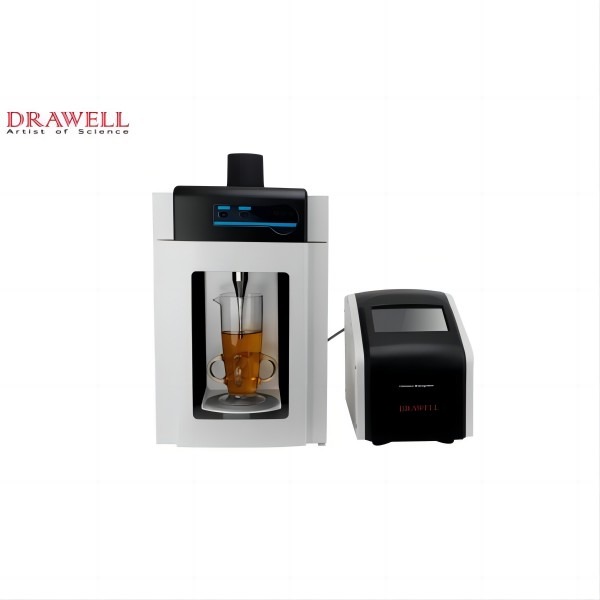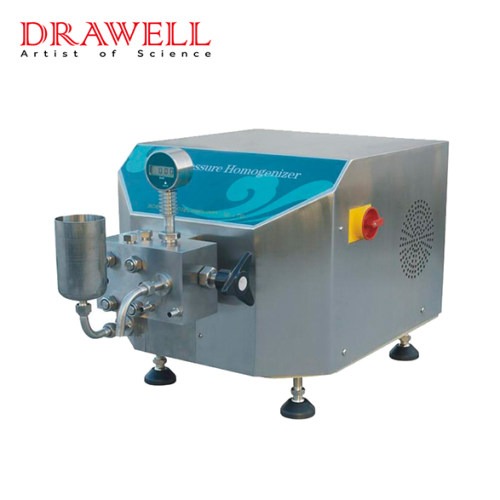The dairy industry relies on various processes to ensure milk’s quality, safety, and consumer appeal. One critical process is homogenization, which plays a vital role in improving milk’s consistency and shelf life. This guide delves into the intricacies of milk homogenization, exploring its benefits, the technology involved, and factors to consider when choosing a homogenizer.
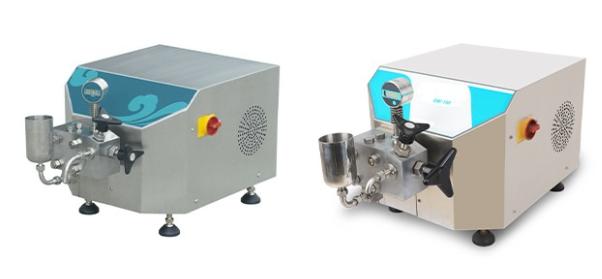
What is Homogenization?
Homogenization is a mechanical process that breaks down milk fat globules into smaller, more uniformly distributed particles. This is achieved by forcing milk under high pressure through a narrow valve or orifice. The smaller fat globules prevent creaming, leading to a consistent product with a whiter appearance and improved mouthfeel. This process offers several benefits:
Benefits of Homogenization in Milk Processing
- Improved Texture and Consistency: Homogenized milk has a smoother and creamier texture because the fat globules are evenly distributed throughout the milk. This uniformity prevents the formation of a cream layer on top.
- Enhanced Flavor: The even distribution of fat in homogenized milk enhances its taste, making it more palatable and consistent from one batch to another.
- Increased Shelf Life: Homogenization helps stabilize milk, reducing the likelihood of separation and spoilage. This leads to a longer shelf life compared to non-homogenized milk.
- Better Digestibility: The smaller fat globules in homogenized milk are easier for the body to digest and absorb, potentially improving nutrient uptake.
- Preventing Cream Separation: By breaking down the fat globules, homogenization prevents the cream from rising to the top, which is especially important for milk stored over extended periods.
- Enhanced Nutrient Distribution: Vitamins A and D, which are fat-soluble, are more evenly distributed throughout homogenized milk, ensuring consistent nutrient intake with each serving.
- Improved Stability of Dairy Products: Homogenization enhances the stability of other dairy products such as cream, yogurt, and cheese, preventing the separation of fat and liquid and improving overall product quality.
- Better Mixing Properties: Homogenized milk mixes more easily with other ingredients, which is beneficial in food processing and culinary applications.
- Increased Consumer Preference: Due to its improved texture, taste, and appearance, homogenized milk is often preferred by consumers over non-homogenized milk.
- Enhanced Emulsifying Properties: Homogenized milk has better emulsifying properties, making it useful in various culinary and industrial applications where a stable emulsion is required.
Homogenization is a key process in milk production that enhances the quality, taste, and shelf life of milk and milk-based products, meeting consumer preferences and improving overall product performance.
Types of Homogenizers Used in Milk Processing
In milk processing, several types of homogenizers are used to achieve the desired uniform distribution of fat globules and other components. The main types include:

1. High-Pressure Homogenizers:
These are the most common type used in dairy processing. High-pressure homogenizers operate by forcing milk through a narrow gap or valve at very high pressure (typically 1000-2500 bar or higher). This pressure causes the fat globules to break down into smaller sizes, resulting in a uniform dispersion throughout the milk.
Key Components of High-Pressure Homogenizers:
- Homogenization Valve: Milk enters the homogenizer and passes through a small orifice or valve at high pressure. This valve is designed to create turbulence and high shear forces.
- High-Pressure Pump: A pump generates the necessary pressure to force milk through the homogenization valve. Pressures typically range from 1000 to 2500 pounds per square inch (psi), although specific pressures can vary depending on the desired outcome and the type of milk being processed.
- Impact Ring: Some homogenizers include an impact ring downstream of the valve. This ring helps to further reduce the size of fat globules and ensures uniformity.
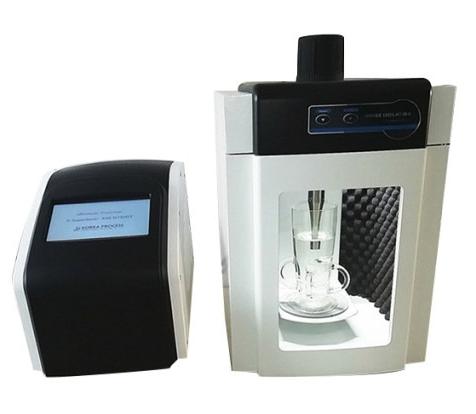
2. Ultrasonic Homogenizers:
Ultrasonic homogenizers use high-frequency sound waves (ultrasound) to create cavitation and microstreaming in the milk. This process breaks down fat globules into smaller sizes through mechanical shear forces generated by the collapsing cavitation bubbles.
3. Rotor-Stator Homogenizers:
Also known as mechanical homogenizers, these devices use a rotor-stator mechanism to create high shear forces. The milk is forced through small gaps between rotating and stationary components, effectively breaking down fat globules and achieving homogenization.
4. Pressure Homogenizers:
Pressure homogenizers work by applying pressure to milk as it passes through a series of small orifices or valves. The pressure forces the milk through these openings, causing shear and turbulence that reduces the size of fat globules.
5. Microfluidizer Homogenizers:
Microfluidizers use high-pressure pumping to pass milk through small channels or chambers where intense turbulence and shear occur. This process effectively breaks down fat globules and other particles to achieve uniform dispersion.
Each type of homogenizer has its advantages and is chosen based on factors such as processing capacity, desired degree of homogenization, energy efficiency, and the specific characteristics of the milk being processed. High-pressure homogenizers are most widely used in large-scale dairy operations due to their efficiency and effectiveness in achieving consistent homogenization.

How Milk Homogenizers Work?
The process of milk homogenization involves several key steps:
1. Pre-homogenization Steps
Before milk undergoes homogenization, it typically goes through a few preparatory steps to optimize the process:
Heating: Milk is heated to a specific temperature (typically around 55°C to 80°C). Heating reduces the viscosity of milk, making it easier to handle and improving the effectiveness of homogenization.
Filtration: Milk may be filtered to remove any large particles or impurities that could interfere with the homogenization process. This step ensures that the milk is clean and ready for processing.
2. Homogenization Parameters
Several parameters influence the effectiveness of milk homogenization:
Pressure: The pressure applied during homogenization is critical. Higher pressures result in smaller fat globules and more effective homogenization. Pressure settings are adjusted based on the desired characteristics of the final product, such as texture and viscosity.
Temperature: Homogenization is typically performed at elevated temperatures (as mentioned earlier) to optimize the breakdown of fat globules. The temperature also affects the viscosity of milk, making it easier to process.
Number of Stages: Some homogenizers have multiple stages, where milk undergoes homogenization at different pressures sequentially. This multi-stage process can achieve finer emulsions and more consistent results.
The pressures and temperatures used in milk homogenization can vary depending on the specific product being processed and the desired outcomes. Here are common pressure and temperature ranges typically used for different milk products:
| Milk Product | Pressure (psi) | Temperature (°C) | Temperature (°F) |
| Whole Milk | 1500 – 2500 | 60 – 75 | 140 – 167 |
| Skim Milk | 1000 – 2000 | 60 – 75 | 140 – 167 |
| Low-Fat Milk (1%-2% Fat) | 1200 – 2000 | 55 – 70 | 131 – 158 |
| Cream | 1500 – 2500 | 65 – 80 | 149 – 176 |
| High-Fat Products | 1500 – 2500 | 65 – 80 | 149 – 176 |
Notes:
- Pressure (psi): Indicates the range of pressures typically used for homogenizing each milk product. Higher pressures are generally required for milk products with higher fat content or larger fat globules.
- Temperature (°C and °F): Represents the recommended homogenization temperature ranges in both Celsius and Fahrenheit. These temperatures are critical for reducing milk viscosity and effectively breaking down fat globules.
- These ranges are based on common industry practices and equipment capabilities. Actual settings may vary depending on specific product formulations, processing conditions, and equipment specifications.
- Dairy processors may adjust these parameters based on factors such as desired product characteristics (texture, stability), seasonal variations in milk composition, and regulatory requirements.
- Using this table as a reference, dairy processors can optimize their homogenization processes to consistently produce high-quality milk products that meet consumer expectations for taste, texture, and shelf life.

3. Post-homogenization Treatments
After homogenization, milk undergoes additional treatments to ensure quality and safety:
Cooling: Homogenized milk is rapidly cooled to inhibit bacterial growth and maintain freshness. Cooling also helps to stabilize the emulsion formed during homogenization.
Packaging: Once cooled, milk is packaged under sanitary conditions to prevent contamination and extend shelf life. Packaging materials and methods are chosen to preserve the quality of homogenized milk.
Factors Affecting Homogenization of Milk
Several factors influence the homogenization process of milk, affecting the quality, consistency, and characteristics of the final product. Here are the key factors that impact milk homogenization:
1. Milk Composition
- Fat Content: Higher fat content in milk requires higher pressures to effectively break down fat globules and achieve homogeneity.
- Protein Content: Proteins can affect the viscosity and stability of milk during homogenization, influencing processing parameters.
- Particle Size Distribution: Variations in particle size distribution of milk components (fat globules, proteins, etc.) can affect homogenization efficiency.
2. Equipment Design and Condition
- Homogenizer Type: Different types of homogenizers (e.g., high-pressure, ultrasonic) have varying capabilities and efficiency in reducing fat globule size.
- Pressure Capacity: The maximum pressure the homogenizer can achieve determines its effectiveness in homogenizing different milk products.
- Maintenance: Proper maintenance and calibration of homogenization equipment are crucial for consistent performance and product quality.
3. Processing Parameters
- Pressure: The pressure applied during homogenization is critical. Higher pressures generally result in smaller fat globules and more stable emulsions.
- Temperature: Homogenization is typically performed at elevated temperatures (typically between 55°C to 80°C) to reduce viscosity and facilitate fat globule disruption.
- Number of Stages: Some homogenizers offer multiple stages of homogenization, which can further refine particle size distribution and enhance product stability.
4. Homogenization Speed and Time
- Processing Time: The duration of homogenization can impact the degree of fat globule disruption and overall product consistency.
- Homogenization Speed: The rate at which milk is processed through the homogenizer affects the shear forces applied and the efficiency of fat globule reduction.
5. Desired Product Characteristics
- Texture and Mouthfeel: Adjustments in homogenization parameters are made to achieve specific texture and mouthfeel desired by consumers.
- Shelf Life: Homogenization plays a role in extending the shelf life of milk products by stabilizing emulsions and reducing creaming.
6. Environmental Factors
- Temperature and Humidity: Ambient conditions can influence milk viscosity and homogenization efficiency.
- Sanitation and Hygiene: Cleanliness of equipment and processing environment is crucial to prevent contamination and ensure product safety.
7. Variability in Milk Supply
- Seasonal Changes: Variations in milk composition due to seasonal factors (diet, weather, etc.) may require adjustments in homogenization parameters.
- Quality of Raw Milk: The quality of raw milk supplied can impact homogenization efficiency and product consistency.
Understanding and managing these factors are essential for dairy processors to optimize the homogenization process and consistently produce high-quality milk products. By adjusting homogenization parameters based on milk composition, equipment capabilities, and desired product characteristics, processors can meet consumer expectations for taste, texture, and shelf life effectively. Regular monitoring and adjustment of these factors ensure consistent product quality and production efficiency in the dairy industry.

How to Choose a Homogenizer?
Choosing the right homogenizer for milk processing is crucial to ensure efficient operation, product quality, and long-term reliability. Here are key factors to consider when selecting a homogenizer:
1. Capacity and Scale
Production Volume: Determine the amount of milk or dairy products you need to process per hour or per batch. Choose a homogenizer that matches your production capacity to avoid underutilization or overloading.
Scalability: Consider future growth and scalability of your operations. Choose a homogenizer that can accommodate increased production volumes if your business expands.
2. Homogenization Pressure Range
Product Requirements: Different milk products (whole milk, skim milk, cream, etc.) may require specific pressure ranges for optimal homogenization. Ensure the homogenizer can achieve the required pressure levels for your products.
Multi-Stage Capability: Some applications may benefit from homogenizers with multiple stages, allowing for finer control over particle size reduction and product consistency.
3. Equipment Design and Features
Type of Homogenizer: Evaluate the advantages and disadvantages of different types of homogenizers:
- High-Pressure Homogenizers: Common for dairy applications, effective in reducing fat globule size.
- Ultrasonic Homogenizers: Offer gentler processing suitable for sensitive products.
- Rotor-Stator Homogenizers: Used for smaller scale or specialized applications.
Materials and Construction: Choose homogenizers made from durable materials such as stainless steel, which are easy to clean and maintain, and resistant to corrosion.
Automation and Control: Consider homogenizers with advanced control systems for precise adjustment of parameters like pressure, temperature, and processing time.
4. Energy Efficiency and Operating Costs
Energy Consumption: Select homogenizers that are energy-efficient to minimize operating costs and environmental impact.
Maintenance Requirements: Evaluate the maintenance needs of the homogenizer, including frequency of servicing, availability of spare parts, and ease of cleaning.
5. Manufacturer Support and Reputation
Manufacturer Reliability: Choose homogenizers from reputable manufacturers known for quality, reliability, and customer support.
Technical Support: Ensure the manufacturer provides comprehensive technical support, training, and troubleshooting assistance.
6. Regulatory Compliance and Safety
Hygiene Standards: Ensure the homogenizer complies with food safety and hygiene regulations (e.g., FDA, EU standards) to prevent contamination and ensure product safety.
Operator Safety: Consider safety features such as emergency stop buttons, safety interlocks, and ergonomic design to protect operators during operation and maintenance.
7. Budget Considerations
Initial Investment: Balance the initial cost of the homogenizer with long-term benefits such as operational efficiency and product quality.
Total Cost of Ownership: Consider overall operating costs, including maintenance, energy consumption, and potential downtime.
Please Consulting with a dairy equipment supplier can help you select the most suitable homogenizer for your specific needs.
Conclusion
Homogenization is a crucial process in the milk industry, significantly enhancing milk’s quality, consistency, and shelf life. By understanding how homogenizers work and what factors to consider when choosing one, dairy processors can ensure they select the best equipment for their needs, ultimately delivering superior milk products to consumers.


